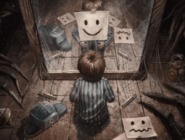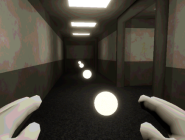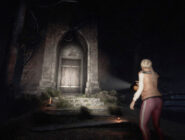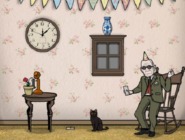Who’s at the Door
Advertisement
Advertisement
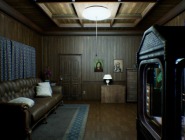
Whos At The Door is a psychological horror game where the player controls someone confined to a house, experiencing distorted perceptions and a cycle of daily encounters. Each day starts in silence, broken by knocking at the front door. The player must decide whether the visitor is real or imagined. All actions—opening the door, taking medicine, staying hidden—lead to different outcomes, some stabilizing, others making the situation worse. The game focuses on subtle environmental changes and sensory cues to challenge the player’s judgment.
Routine Structure And Player Actions
Gameplay is built around a repeating day-night cycle, with slight variations to keep the player uncertain. The room remains constant, but what appears behind the door and what sounds are heard vary. Using the peephole is essential, though what it shows is not always trustworthy. Pills arrive sporadically and are not always safe to take. The player must watch, wait, and act cautiously. Wrong decisions increase the chance of hallucination or even death, forcing the player to interpret limited information with care.
Core Functions And Interface Tools
Throughout the game, players rely on several basic systems:
- Visual checking through a peephole
- Sound recognition to detect changes or anomalies
- Simple interaction options: open, wait, hide, take pill
- Static environment where details shift subtly over time
- Tracking survival through progressing days
These mechanics operate without timers, keeping the pace slow and reflective while increasing psychological tension.
Outcomes And Progression
Surviving several days without misjudging too often unlocks different narrative threads. Some reveal more about the protagonist’s background, including possible trauma or medical history. Others end abruptly if paranoia takes over. There are small interactive clues hidden in the house that can affect which ending the player receives. Every sound, shadow, or knock builds toward a conclusion that reflects the player’s ability to stay grounded—or not—within the unfolding scenario.
Whos At The Door presents a minimal but layered experience that emphasizes observation over action. Rather than offering fast-paced threats or puzzles, it relies on the player’s willingness to sit with discomfort and consider each move. It rewards caution, patience, and memory. The game takes place entirely within one space, but uses atmosphere and unpredictability to keep the experience tense. The result is a short but focused exploration of psychological doubt and survival through perception.
Related games
Comments

